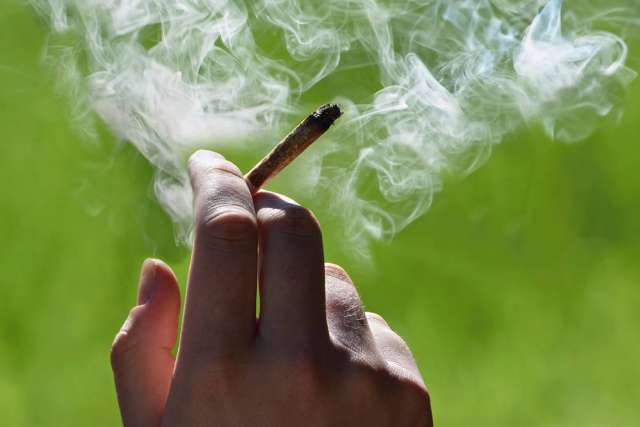Secondhand smoke is smoke inhaled when someone nearby lights up. The health risks associated with secondhand cigarette smoke, such as lung disease and cancer, are well understood. But does exposure to secondhand marijuana (cannabis) smoke cause similar concerns?
Health effects of secondhand cannabis smoke
Because of marijuana’s illegal status at the federal level, few researchers have thoroughly studied its health risks in humans. But based on a study in rats published in the , it appears that exposure to secondhand cannabis smoke does pose health and safety risks. They include:
Respiratory concerns
The particulate matter in inhaled marijuana smoke may cause lung irritation and respiratory infections. It may also trigger asthma attacks and increase health concerns for people with bronchitis or COPD. Particulate matter in secondhand marijuana smoke includes:
- Ammonia
- Cadmium
- Chromium
- Hydrogen cyanide
- Lead
- Mercury
- Nickel
Because cannabis is a plant, it might also be contaminated with mold, insecticides or pesticides that get released when smoked.
Potential for cancer
The California Office of Environmental Health Hazard Assessment lists marijuana smoke as a carcinogen and reproductive toxin on its . Secondhand marijuana smoke also contains some of the same chemicals that show up in secondhand cigarette smoke, many of which scientists link to lung cancer.
Cardiovascular problems
The JAHA study showed that when rats are exposed to secondhand marijuana smoke for 60 seconds, they experience impaired dilation of the blood vessels for 90 minutes or more. That’s longer than the effects of secondhand tobacco smoke. Because tobacco and cannabis smoke have similar makeups, it is likely that secondhand marijuana smoke could produce the same harmful cardiovascular health effects as cigarette smoke, including:
- Blocked arteries (atherosclerosis)
- Heart attack
- Stroke
Impairment
Whether individuals can become high from secondhand cannabis smoke depends on proximity and the ventilation of the room. (tetrahydrocannabinol —the chemical in marijuana that causes mind-altering effects) in humans exposed to secondhand cannabis smoke shows:
- Very low levels (below that needed to fail a drug test) in individuals exposed for three hours in a well-ventilated space
- High levels (enough to fail a drug test) and impaired motor skills in individuals exposed to high-level THC marijuana smoke for an hour in an unventilated room
Uncomfortable side effects
Inhaling secondhand marijuana smoke can cause unwelcome side effects, such as:
- Anxiety or paranoia
- Burning, itching eyes
- Coughing or dry mouth
- Fatigue
- Headache
- Nausea
- Restlessness
THC present in urine of children exposed to secondhand marijuana smoke
One study examined on the children of marijuana users. Nearly half of the children in the study showed detectable levels of marijuana in their urine. Secondhand marijuana smoke could cause long-term developmental damage in growing children.
Children are not the only population vulnerable to secondhand smoke. Other vulnerable groups include:
- People with allergies or asthma, who are more susceptible to lung infections or respiratory problems such as pneumonia
- Individuals living with immune deficiencies or chronic diseases
If you are concerned about exposure to secondhand smoke for yourself or a family member, contact your primary care provider.



